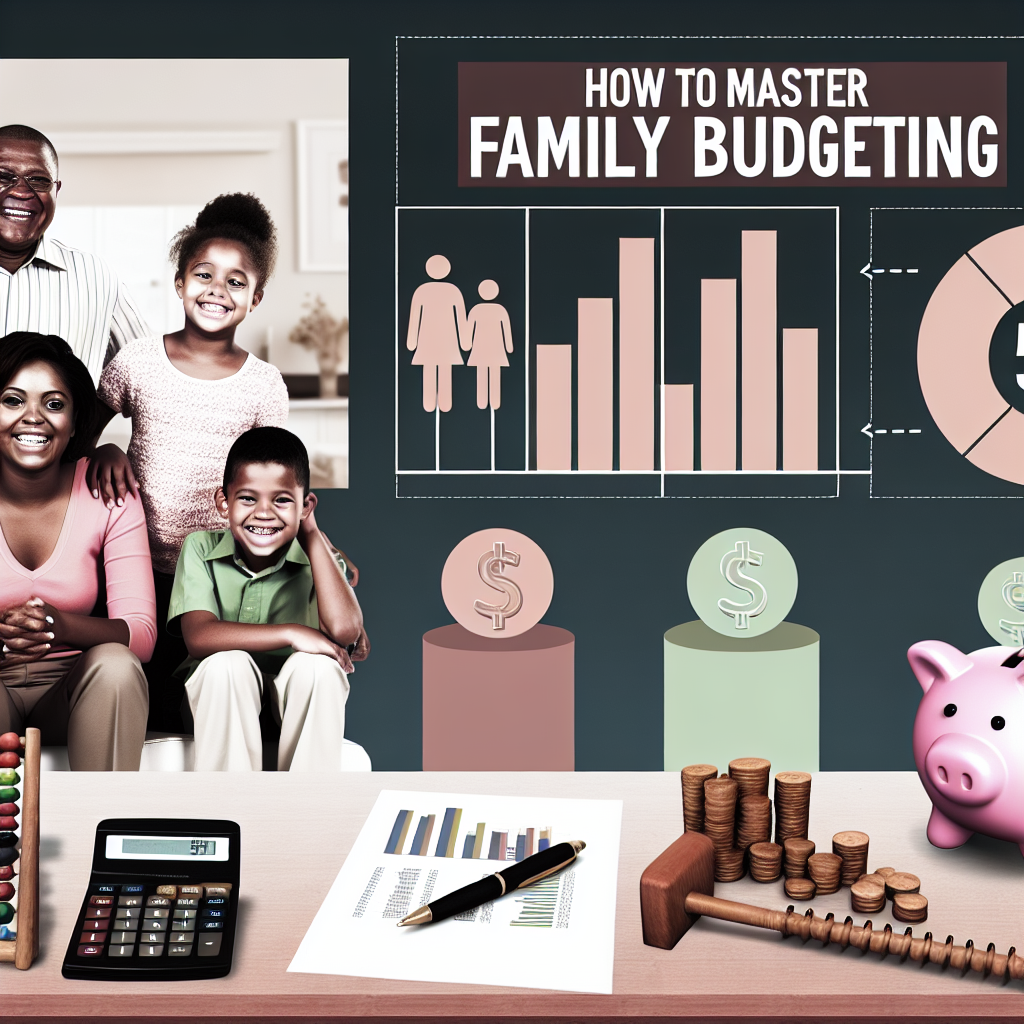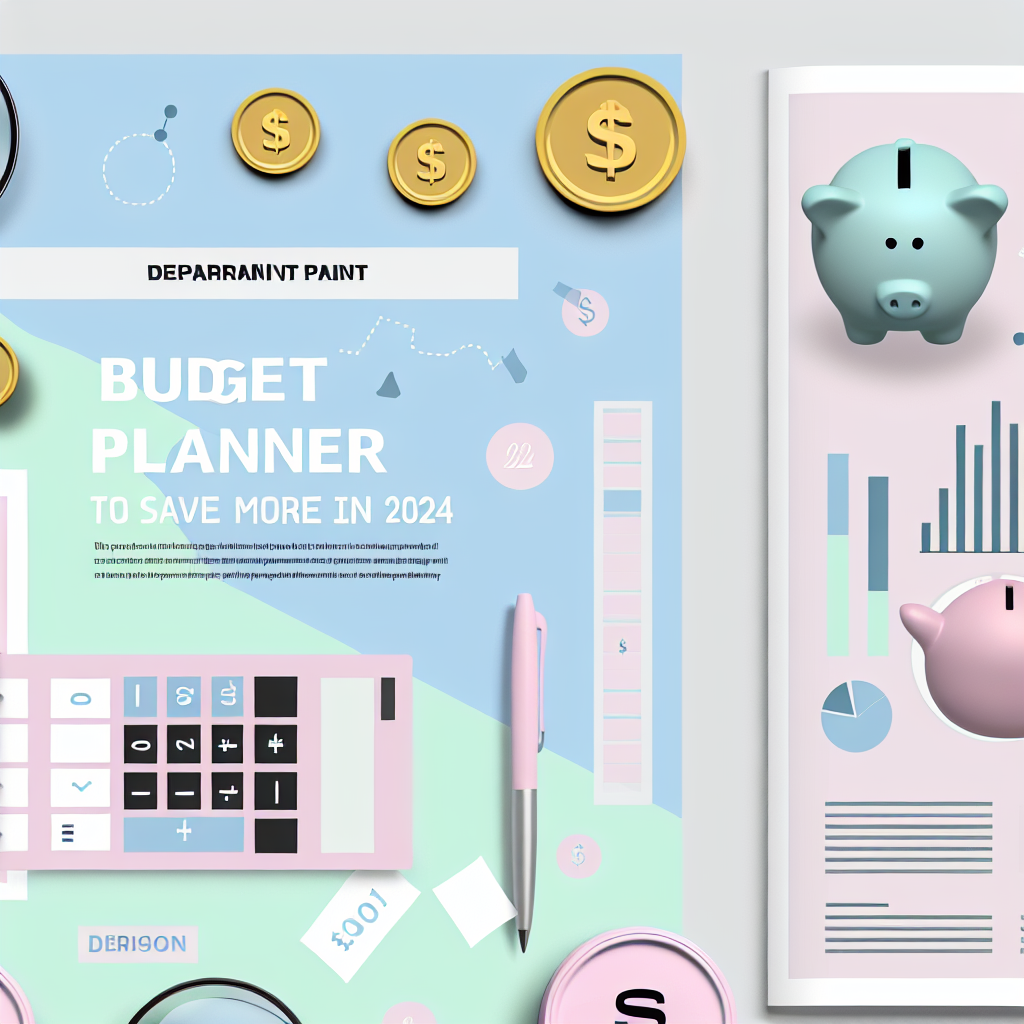=
I still remember the night I sat at our tiny kitchen table, a crumpled napkin with coffee stains in front of me, and the words “NO SPENDING” scribbled in giant letters. That was my first attempt at family budgeting. Spoiler alert: it didn’t work. I was juggling rent, groceries, and a mountain of credit card debt, and honestly, I felt like I was drowning. The idea of mastering family budgeting sounded like some mythical superpower only people with fancy jobs had. But here’s the thing—I’m just like you. I’ve made every mistake in the book, and it took a long, messy journey to figure out how to make peace with money.
The Moment It Clicked
One evening, after ignoring my bank statements for weeks (because anxiety is a great excuse, right?), I finally faced the numbers. The panic was real, but so was a tiny spark of hope. That’s when I realized family budgeting isn’t about strict rules or cutting out every little joy. It’s about understanding your money like you understand your family—messy, imperfect, but worth the effort. It’s 80% behavior and only 20% knowledge. And if I could learn to do it, anyone could.
The 5 Steps That Changed Everything
Step 1: Start With What You Actually Spend (Not What You Wish You Spent)
I used to guess how much we spent on coffee and snacks, which was a disaster. One month, I actually wrote down every single purchase—even that $2 late-night candy bar. Seeing it all laid out was eye-opening. It wasn’t about judgment; it was about honesty. That messy list was the first real map of our money.
Step 2: Be Realistic, Not Perfect
My first budget was a rigid beast that left no room for fun or mistakes. Surprise! We failed fast. Then I tried something different: I built in wiggle room for those “just this once” splurges. It felt like giving myself permission to be human, and weirdly, it made sticking to the budget easier.
Step 3: Talk About Money Like It’s a Family Member
Money was a silent third wheel in our household. I was scared to bring it up, but when we started having honest, sometimes awkward conversations about bills and goals, it became less scary. We made decisions together, and that team effort made budgeting feel less like a chore and more like a shared mission.
Step 4: Celebrate Small Wins (Yes, Even That One)
One month, we managed to put aside $20 extra. It felt tiny, but I celebrated like we’d won the lottery. Those small victories kept us motivated. Budgeting isn’t about giant leaps; it’s about baby steps that add up.
Step 5: Forgive Yourself and Keep Going
There were weeks when I blew the budget on takeout or forgot to track expenses. Instead of beating myself up, I learned to shrug it off and start fresh the next day. Family budgeting isn’t a punishment; it’s a practice.
I Get It—It Feels Hard
Maybe you’re reading this and thinking, “Alex, this sounds exhausting,” or “I don’t have enough money to even start.” I’ve been there. I remember the knot in my stomach when I realized we were living paycheck to paycheck. But here’s the truth: family budgeting isn’t about how much money you have. It’s about how you treat the money you do have. And you don’t need a perfect plan or a fat bank account to begin. You just need one small step and the courage to take it.
One Last Thing
If you take nothing else away from this, know that you’re not alone. Family budgeting isn’t a magic fix, and it’s definitely not a race. It’s messy, it’s frustrating, and sometimes it feels like you’re back at square one. But every time you try, you’re building something powerful—a healthier relationship with money and a little more peace in your life. So, grab a pen, jot down one expense today, or have that tough money talk with your family. It’s not about being perfect; it’s about being real. And that’s enough.
💡 Want more tips like this? Explore more ways to save funds and plan your budget wisely!







